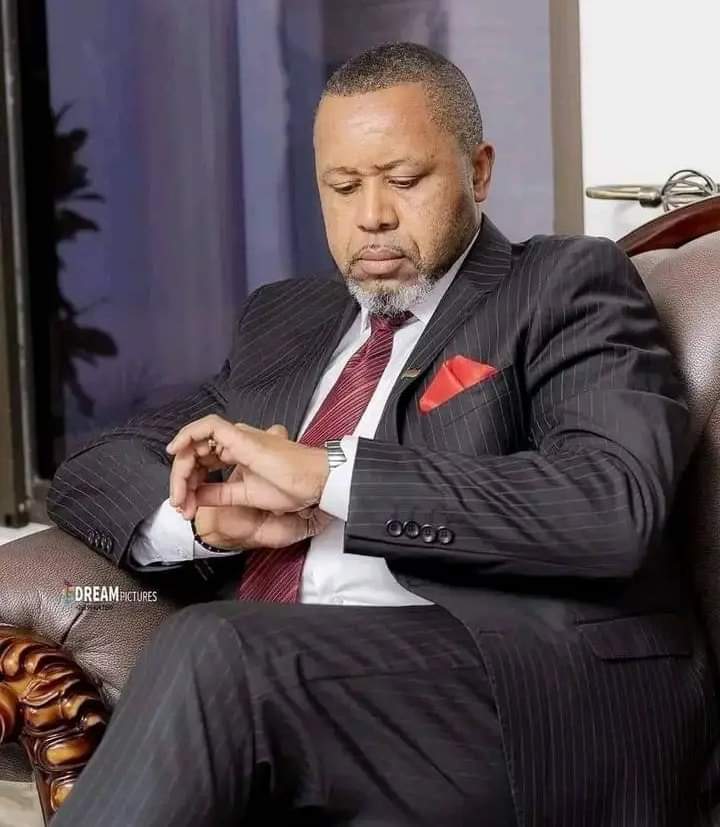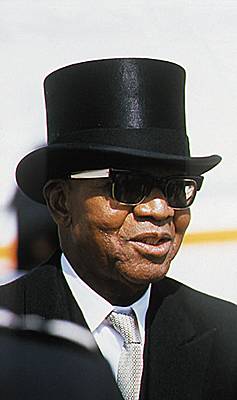Sister Art 3 Leaves Legacy – Mandindi
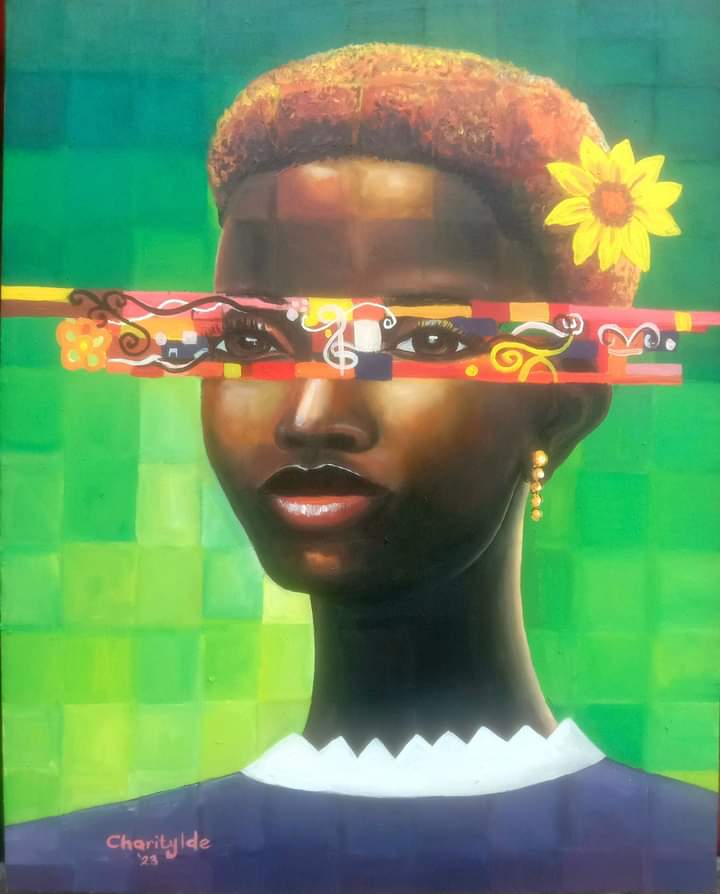
From ancient times to the present, women throughout the world have participated in the visual arts in diverse and stimulating ways.
Whether as creators and innovators of numerous forms of artistic expression, important patrons and collectors, or significant contributors to the discipline of art history, women have been and continue to be integral to the institution of art.
It is for this reason that a global Non-governmental Organisation (NGO) of visual artistic females hosted the third exhibition at Langworthy Cornerstone Center in the United Kingdom where a total of 23 women took their artistic works to be showcased.
However, for the most part, traditional art history has systematically excluded or masked women’s participation in the visual arts which the organizations Executive Officer Beverly Smith highlighted in her address during the show.

Speaking to Malawi Daily Telegraph a renowned book writer Allan Mandindi who was amazed with the quality of visual art work that was exhibited at the Sister Art 3 launch event, said gone were days of recognizing the social barriers to entries women faced when trying to engage with the art world, the discipline has generally deemed women’s contributions as non-existent or inferior to those of men’s.
“As a gendered discourse, art history has also contributed to the socially constructed sexual divisions of a patriarchal society which the majority of art historians celebrated and privileged individual creativity as the apogee of artistic greatness, which they then assigned as the property of only a select masculinity,” Mandindi said.
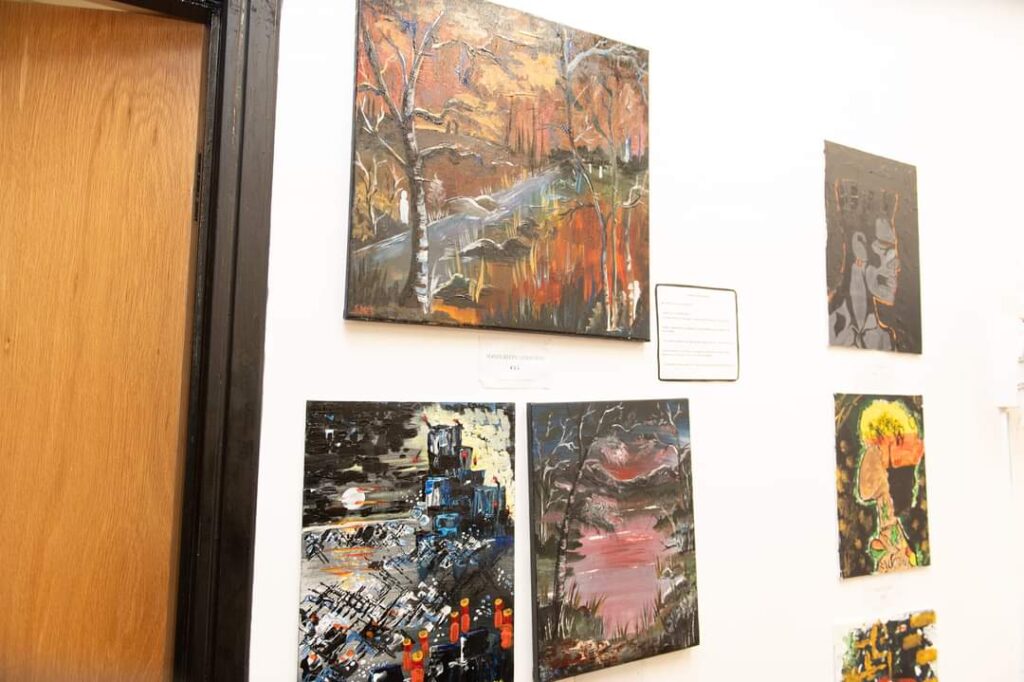
Digging the memory lane deeper the seasoned book writer behind “The Drive to Advance” and “Future-Ready Leaders” to his credit further stated that it took the intervention of feminism in the late 20th century to begin to reframe the discipline hence the participation of another female visual artist who is confined to a wheelchair doing all her artistic works using her feet.
The engagement helped to move attention away from the idealization of both the autonomous creative artist and the formal properties of art works and towards new theoretical positions.
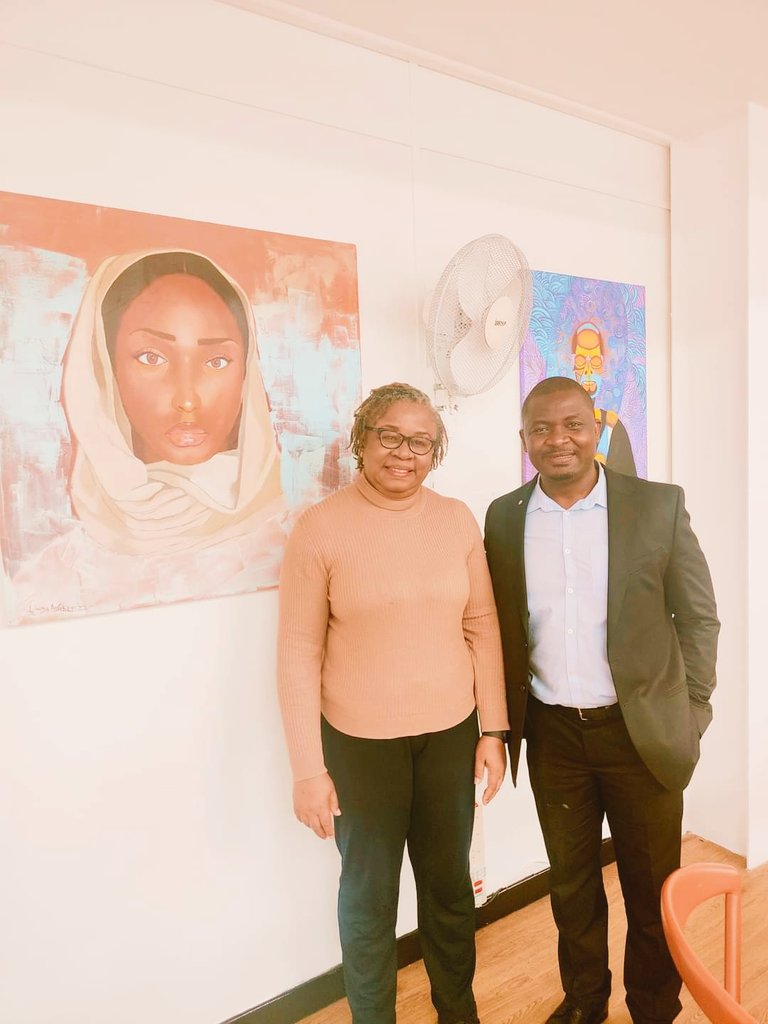
One such a unique innovative visual artist Charity Ide from Nigerian defied all odds by demonstrating some of the stances challenging normative art historical periodizations and ideas of stylistic development, understanding the social investment in cultural values and recognizing the role of gender, class and race in social formations.
However some feminist critique have always argued and call for help to redress the almost complete neglect of women artists, patrons and scholars by art history and to destabilize the stereotyped views of art made by women.
The Sister Art 3 exhibition brought together a total of 23 female visual artists that included one South African, another UK citizen and twenty-three (23) Nigerians.
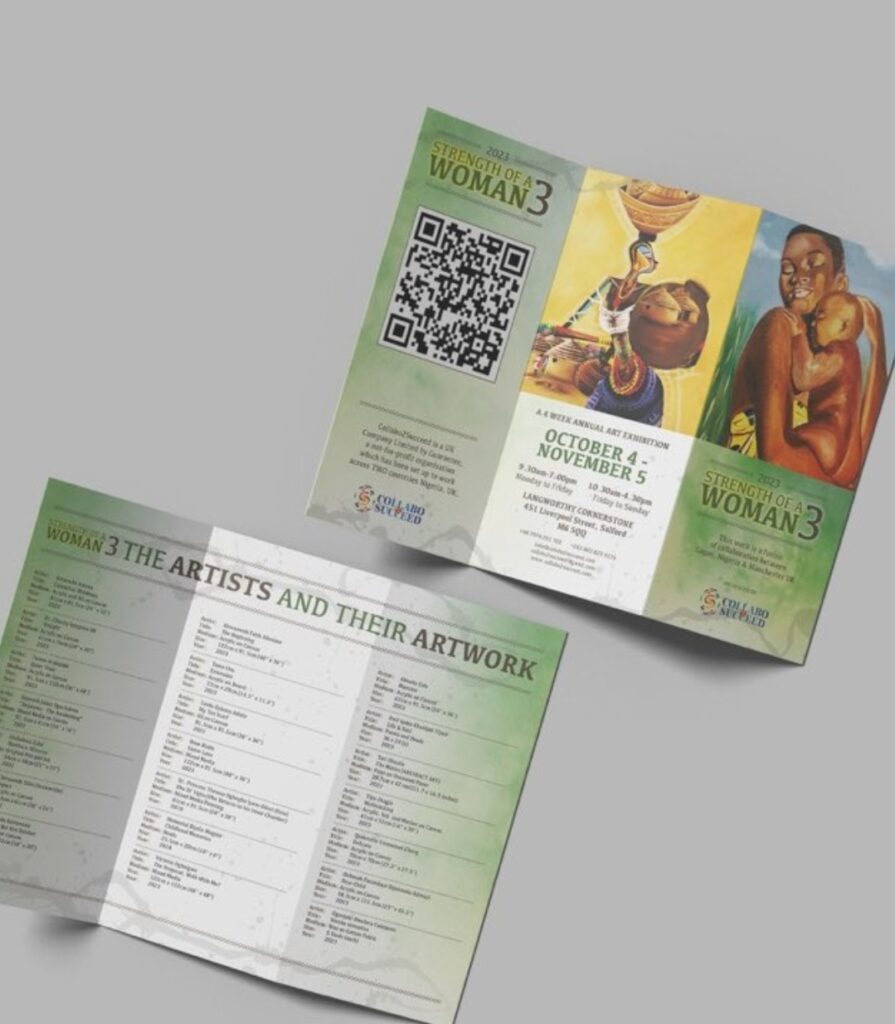
You can scan the barcode and see some of the art work listed for sale.
